3D Printing, Bio-Technology, Cleanroom News, Contamination Control
Cadaver Bones vs. Synthetic
Near to an abandoned Mayan temple in the steamy jungles of Guatemala, camouflaged beneath a matrix of overgrown vine and lianas, nestles a small medical clinic catering to the needs of, at most, a handful of patients. A private facility, not marked on any known map, the clinic is an important link in the supply chain of a large bio-medical business that sources human tissues for transplant. This corporation, BioRegen, venerated within the industry as the leader in product acquisition is as ruthless as it is successful in procuring the organs, bones, or tissues demanded by its wealthy clientele. Against a backdrop of a country in political and social turmoil, the plotline of Hollow Bones, a medical thriller by New York Times bestselling author C. J. Lyons follows the disappearance of the daughter of BioRegen’s founder, unmasking the corporation’s sinister secrets and shady alliances in the organ procurement field.
Originally published in 2013, Lyon’s tale remains a page-turner that will keep thriller fans up late at night to discover how the fate of the protagonists is linked with an illegal trade on human tissue harvests, but in terms of the medical technology, the basic premise has been largely superseded by recent advancements. After all, with the progress made in additive manufacturing – aka 3D printing – we are now able to create pretty much any object we desire as long as we have a design and a printer. Take the recent controversy around the online sale of blueprints for 3D printed plastic firearms. According to a Washington Post article, custom printed ‘ghost guns’ would have no serial number, would require no background check, and would be available to anyone with a credit card and the necessary office equipment.(1) And if we can print an AR-15 style assault weapon on demand, printing a replacement body part for transplant seems like child’s play.
But what of the actual human bones replaced by these 3D printed substitutes? When a patient needs a hip replacement, we tend to focus our attention on the new joint, the one being introduced into the body. We examine the supply chain that brought it to the patient, the contamination controls used to ensure a successful surgical outcome, and we worry about hospital-acquired infections (HAIs) in the post-surgical setting. What we don’t often spend time on is wondering what happens to the bone replaced by the shiny new bio-medical device.
In short, we give little consideration to the bones removed from the patient.
Let’s return once more to considering the business of tissue donation and transplantation in order to shed some light on new complications of advancing technology in this industry…
In the past, we’ve examined the issue of potential contamination from diseased materials finding their way into tissue banks and have told the stories of Brian Lykins and 41 others who received compromised tissues from CryoLife, a tissue bank based in Kennesaw, GA. And to this point, as far as we’d ever really considered the question, we had assumed that human tissues that did not fall into the usual categories for donation – corneas, hearts, kidneys, lungs, livers, et cetera – would simply be discarded as bio-waste. But it seems this may not be the case. Let’s return once more to considering the business of tissue donation and transplantation in order to shed some light on new complications of advancing technology in this industry…
In the language of bone donation and grafting, there are two kinds of process: autograft and allograft. In the first of these, a section of the patient’s own bone – most commonly from the ribs, pelvis, wrist, or hips – is harvested for transplant. Not requiring a separate donor, autograft surgery seems simple enough and is usually indicated where a patient has suffered an injury – perhaps a break or a fracture – to a bone that requires just a bridging matrix to heal. Given the inherent biocompatibility, autograft can be a preferred treatment as the risks of rejection by the immune system are minimized as the patient’s body recognizes its own tissues. Moreover, aside from the complications of an initial additional surgery to harvest the bone, potential vectors of contamination transmission are lessened.
With allograft, on the other hand, bone donations come from an external source: cadavers – generous altruists recently deceased who left their tissues to science – or from living donors who, for whatever reason, are no longer in need of those particular bones. The grafting materials are available in three forms: fresh or fresh-frozen; freeze-dried bone allograft (FDBA); and demineralized freeze-dried bone allograft (DFDBA). But what they have in common is that all allografts are used in cases where the patient’s own bone is already compromised, such as in the case of those suffering from osteonecrosis, some forms of cancer, lumbar spinal degenerative disease, spinal fusion surgery, or for surgical implants of replacement body parts such as knees or hips.
And it is not only whole sections of bone that are useful in reconstructive surgery. As an alternative to allograft, a new bone void filler – AcuPac – is available as an aseptically processed or a terminally irradiated product used to support bone repair. Imagine a white granular product made from the spongy (‘cancellous’) type of bone material, pre-ground to 1mm to 4mm in size, that can use used in cases where the excision of tumors, trauma, or other surgical procedures have left a gap in the bone that requires filling. In a technique analogous to receiving a dental filling, AcuPac’s pliability allows it to be packed into any hole or gap in a bone to fill the defect. Since it is sourced from AATB-accredited tissue banks it is screened and tested prior to being used by the surgeon and should – if regulations are followed correctly – not provide a vector for contamination. To date, AcuPac has been used successfully in over 3000 surgeries, including for hip and shoulder treatments, and seems to be a useful addition to the orthopedic surgeon’s toolkit.
That said, it has to be admitted that – as with any human tissue donation – there can be a ‘gore factor’ to the receipt of cadaver bone allografts, whether in the whole bone or as a pre-milled product like AcuPac. So where can patients turn if they are unable or unwilling to accept a human tissue donation? What is the landscape with regards to synthetic solutions?
In terms of synthetics, alternatives seem relatively limited with only a couple of options available. For larger areas of graft, a type of calcium is used that mimics human bone but degrades over time. Assuming that it is replaced by the patient’s own bone, the degradation of the product is a net benefit and the low risk of graft rejection is also a draw in the use of this product. For smaller areas – such as in dental surgery – a particulate scaffold is used that is both biocompatible and osteoconductive. Made of silicated particles, products such as Zimmer Biomet’s IngeniOs Silicated ß-TCP are reabsorbed by the body within 4 to 6 months having provided a scaffold for natural bone regrowth. The irregularly shaped granules in this family of products allow for minimized flexing and maximal mechanical stability of the scaffold matrix and the randomized distribution of particle size discourages early absorption by the body.
So overall, with these bases covered, the future of bone repair and reconstruction looks rosy. We have multiple options available – from 3D printed joints to aseptically processed and terminally irradiated cadaver bone to silicate particulates designed for maximum interconnection through porosity – and all that’s missing is the ability to heal without the extensive physical trauma that inevitably accompanies surgery. Or is it? If the ‘holy grail’ of orthopedists is the development of an injectable material that will treat spinal injuries and the like, a small company based in West Chester, PA, would have us believe that they have the answer.
Let’s talk about Norian.
Way back in 2012, Fortune Magazine reported on Synthes, a small medical device manufacturer that made history by being bought out by behemoth Johnson and Johnson for nearly $20 billion. Yes, that’s billion with a B. And why was Synthes so valuable to J&J? The answer is quite simple: a calcium-phosphate-based cement known as Norian. Let’s back up for a second. In the 1990s a start-up based in Cupertino, CA, developed a compound with seemingly miraculous properties. When injected into a bone fragment it not only acted as a cement but over time metamorphosed into actual living bone. The start-up, also known as Norian, became the target of a buy-out by Synthes in 1999, a cool $50 million sealing the deal and allowing Synthes to leverage the Food and Drug Administration’s approval of two versions of the product – Norian SRS for use in the arm and Norian CRS for use in the skull – to move into a third, ultimately extremely lucrative market: vertebroplasty. A common side effect of osteoporosis, vertebral compression fractures (VCFs) are on the rise with Americans suffering more than 500,000 VCFs annually, and are usually treated by injecting a form of acrylic cement into the spine.(2) Seeing the potential use for a cement with almost alchemical properties to transmute itself into living tissue, Synthes snapped up the company and set about convincing the FDA that this new ‘device’ was suitable for treatment within a burgeoning market.
But getting approval for Norian as a treatment for spinal compression was not straightforward and the FDA required widespread clinical trials, a lengthy and expensive process that Synthes seemed unwilling to undertake. Instead the company moved forward with promoting the product to spine surgeons despite the fact that even mentioning an unapproved device to medical professionals is explicitly prohibited by FDA regulation. And ultimately, as interest grew, maverick surgeons started to use the product. In Santa Monica, CA, two elderly patients with vertebral compression fractures were treated with injections to the spine that, following an almost catastrophic drop in blood pressure, resulted in near death. But it didn’t stop Synthes in its tracks, in fact these slips simply encouraged the company to forge ahead, seeking clinicians to perform 60 to 80 procedures in the hope of generating an end run around the FDA’s prohibition.
Despite a lack of clinical trials Synthes ultimately applied for approval of the cement for use in the spine as a modification of an existing use permit and, in 2001, the FDA agreed, subject to the product not being mixed prior to injection. In effect, of course, that meant it was precluded for use in vertebroplasties. However, according to Ken Lambert, an orthopedic surgeon and medical consultant for Synthes who investigated a box of Norian destined for shipping to a spine surgeon, this did not dissuade Synthes from skirting this constraint and the company instead included in the box detailed instructions on how to prepare the product by mixing. Understanding the implications of this move, Lambert documented his concerns in an email to one of the product managers: ‘“In my respectful opinion, giving [the product] directly to a surgeon for him to use without protocol is not a controlled study [but] amounts to human experimentation.”’(3)
Human experimentation. Let’s just take a moment to consider the implications of that statement.
In vitro testing of Norian saw large clots created when the cement came into contact with blood, clots that were a sufficient size to easily block blood flow to the heart or lungs. In animal trials, the test subjects died within 30 seconds of receiving an injection that simulated a leakage of the product from a vein and into the heart. And yet despite these results Synthes continued to move forward, promoting the product ‘off-label’ to spine surgeons and orthopedists eager to try a new product to treat a financially buoyant market. In fact, in 2002, Josi Hamilton, another product manager at Synthes, began explicitly training surgeons on how to mix Norian with barium sulphate in order to facilitate its use in vertebroplasties, training that would very quickly prove to be catastrophic.
In Texas, a 70-year old patient received a cement injection into her spine. Her name was Lois Eskind and she died within seconds of getting the injection.(4)
In California, an 83-year old physicist at the University of California, Berkeley, received a spinal injection of Norian. His name was Ryoichi Kikuchi and he too died in the operating theater despite extensive attempts at resuscitation.(5)
Again in California, a patient checked into the hospital for spinal surgery. Within 2 minutes of receiving her infection, Barbara Marcelino was dead, a later autopsy revealing the presence of cement in the blood vessels of her lungs.(6)
For readers interesting in a very complete account of the steps taken by Synthes and the FDA to address the issue of Norian, the Fortune Magazine article, ‘Bad to the Bone: A medical horror story,’ is a great place to start. Suffice to say that charges of medical cover-up and malpractice were ultimately leveled against company executives and a $23 million fine along with jail time was mandated.(7) The company was quietly acquired by Johnson and Johnson in 2011, netting the founder of Synthes $10 billion at the same time as his top team members were learning that, for a period of months at least, orange was to be their new black.
In the past we have written about companies that openly flout the law with regard to the safety of their products. From those involved in the compounding pharmacy scandals or the horse doping disgraces, executives who openly defy FDA regulation, who skirt cGMPs, mandate corporate vision that flies in the face of HACCPs, or otherwise prioritize profit over safety, the bio-medical and pharmaceutical fields have their share of hostile players. Individuals who, as one attorney representing grieving families noted, come to represent the public face of ‘“despicable conduct by a corporation so desperate to make profits and maintain a competitive edge at the expense of human lives.”’(8)
And it is not just individual patients who suffer. The actions of high-level executives such as those who led Synthes down a very dark path impact the integrity and reputation of all with whom they come into contact. Whether it is the sales representatives who convince surgeons to test products on living subjects under the auspices of ‘test marketing’, the medics who see patients die on their operating tables, or the hospital administrators who must face the legal implications of such incidents, the circle of those impacted inevitably widens. And let’s also not forget the circle of victims. It is not only those who undergo seemingly routine surgery only to die unexpectedly and apparently inexplicably. It’s also those who are left behind to pick up the pieces. People like Russell Bryant whose wife Joan died after receiving treatment with Norian just weeks after the government had levied initial charges against Synthes. Or Cindy Golden, whose mother, Reba, died when treated with Norian. For those individuals, along with all of the others – named and unnamed – we must be vigilant and we must insist upon regulation, strict adherence to industry standards of excellence, and contamination and product control in all areas. Because even one life lost is too many.
What are your thoughts? Should – or could – the government have stepped in earlier? How far are corporate executives liable for patient fatalities when products are used ‘off-label’? We’d love to learn your thoughts!
References:
- https://www.washingtonpost.com/opinions/3-d-printed-guns-put-carnage-a-click-away/2018/07/28/3b254a18-91cb-11e8-b769-e3fff17f0689_story.html?noredirect=on&utm_term=.3ab22a265cbe
- http://fortune.com/2012/09/18/bad-to-the-bone-a-medical-horror-story/
- ibid
- https://haggertylaw.com/johnson-johnson-sued-again/
- https://prabook.com/web/ryoichi.kikuchi/1693177
- https://www.mercurynews.com/2012/03/02/company-sued-over-walnut-creek-bone-cement-surgery-deaths/
- ibid
- https://orthostreams.com/2012/03/families-sue-synthes-after-deaths-during-unapproved-bone-cement-clinical-trial/


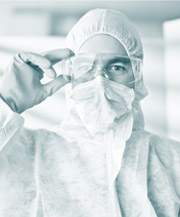


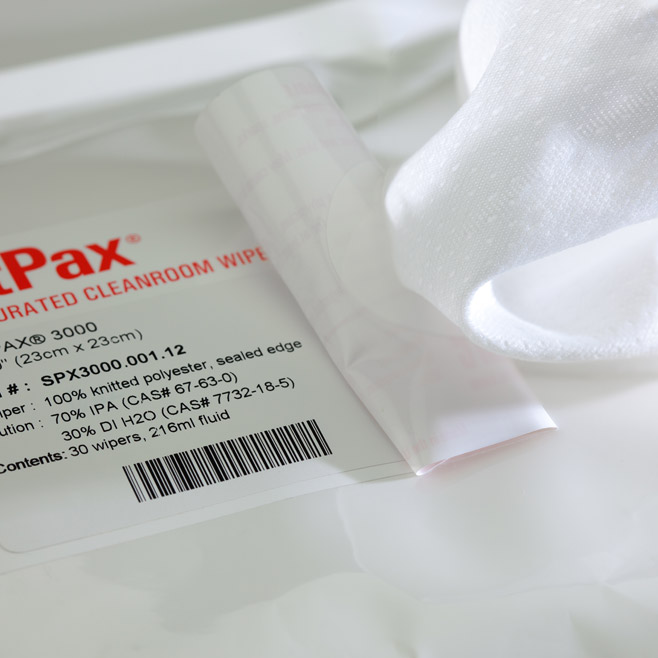
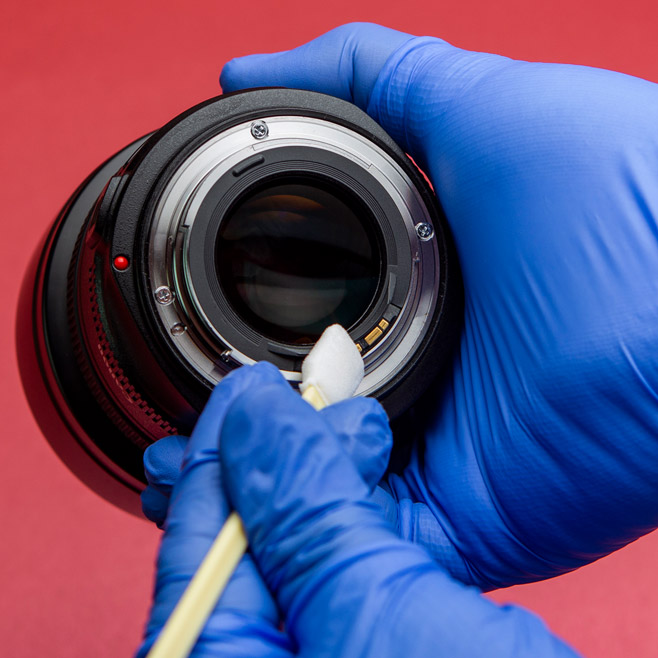
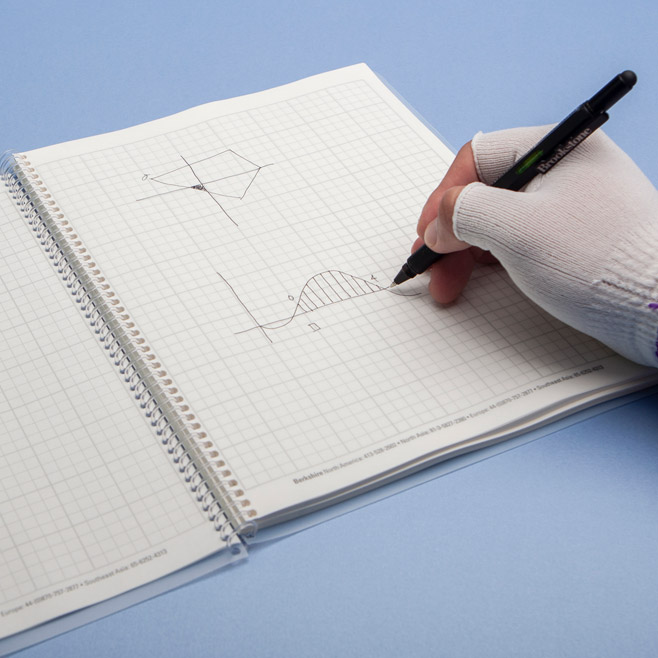

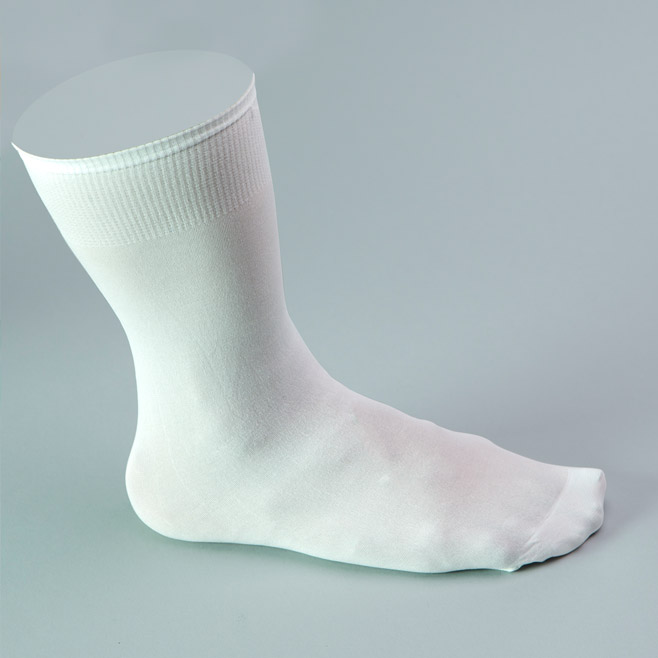
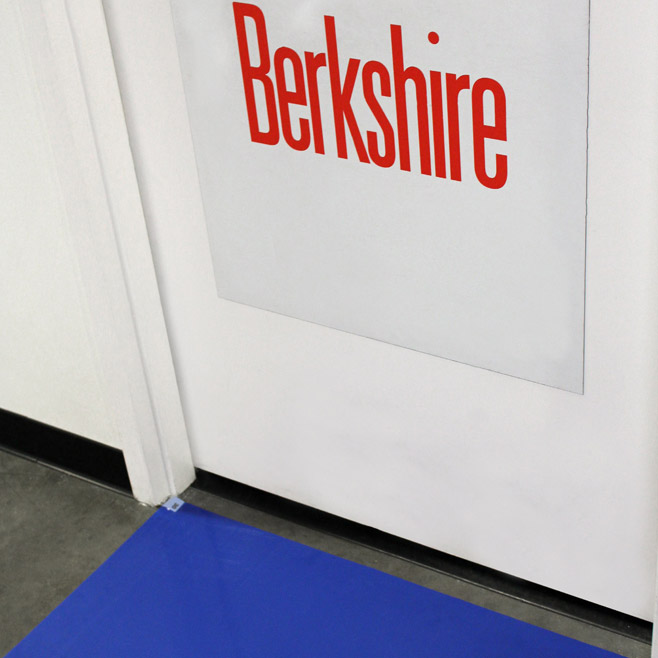
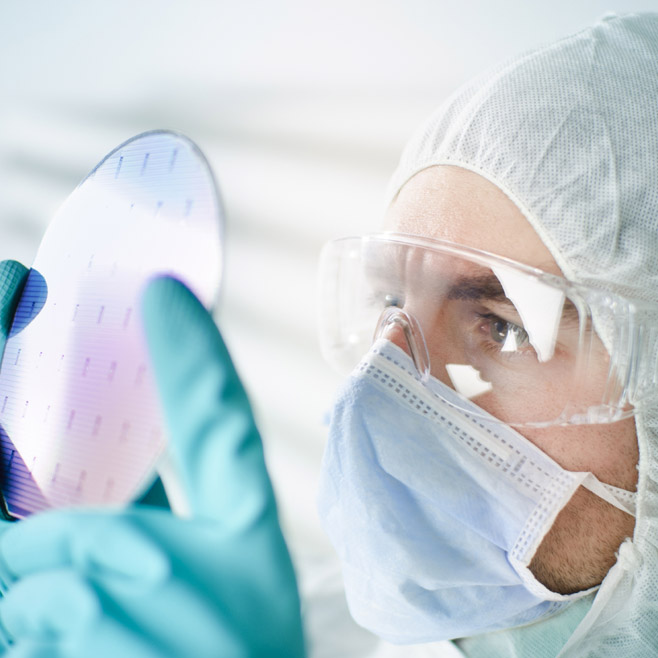
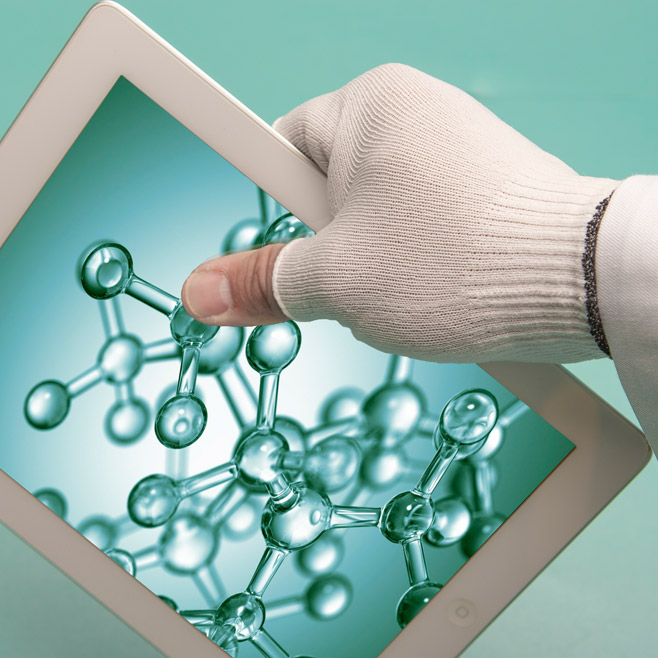
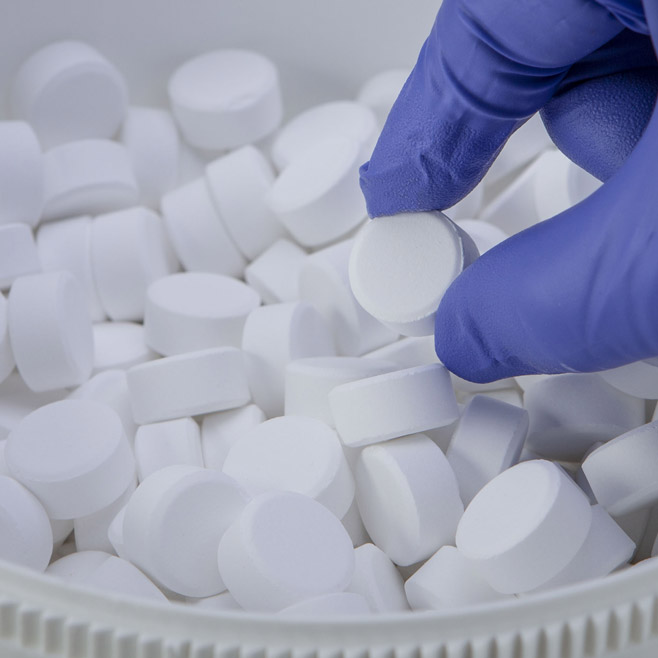

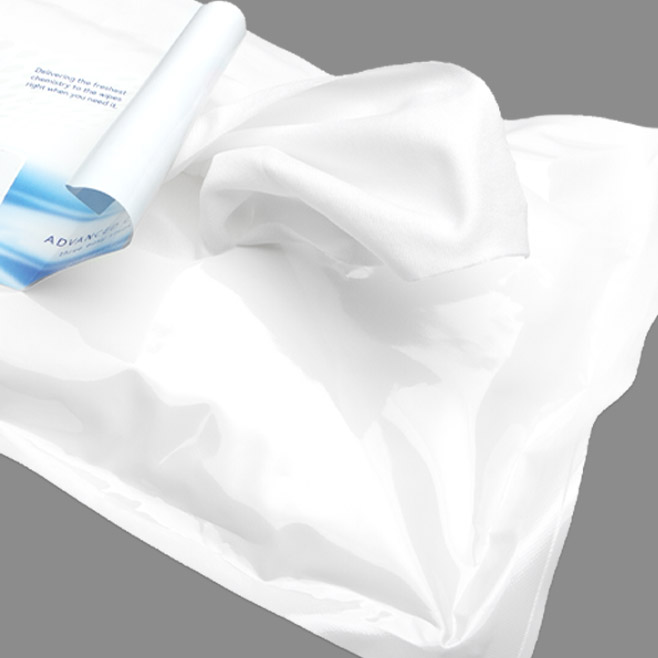
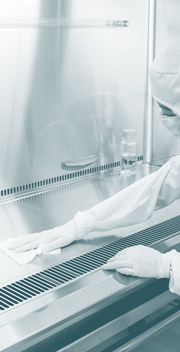

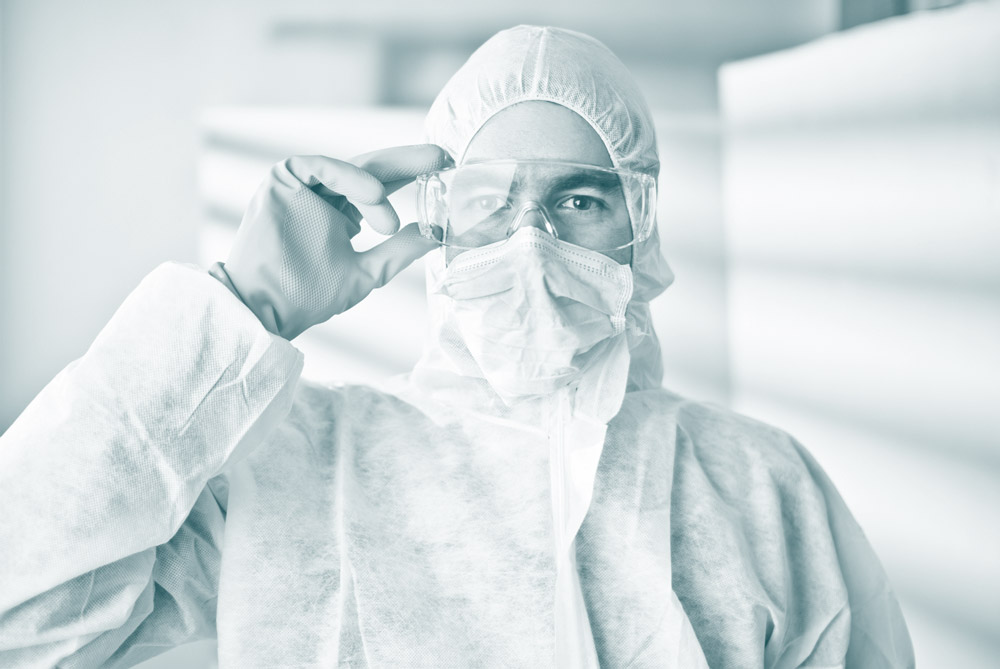
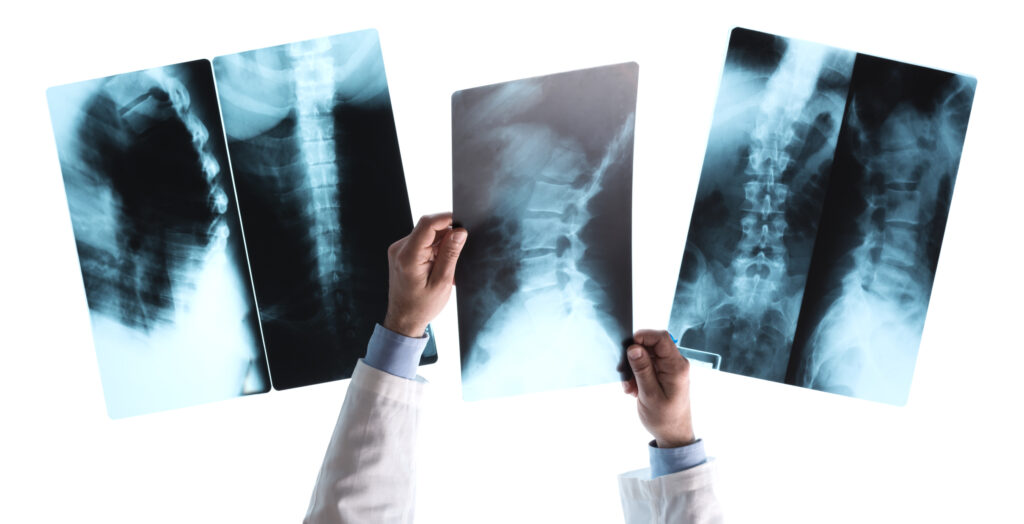

HAVE AN IDEA FOR CONTENT?
We are always looking for ideas and topics to write about.
Contact Us